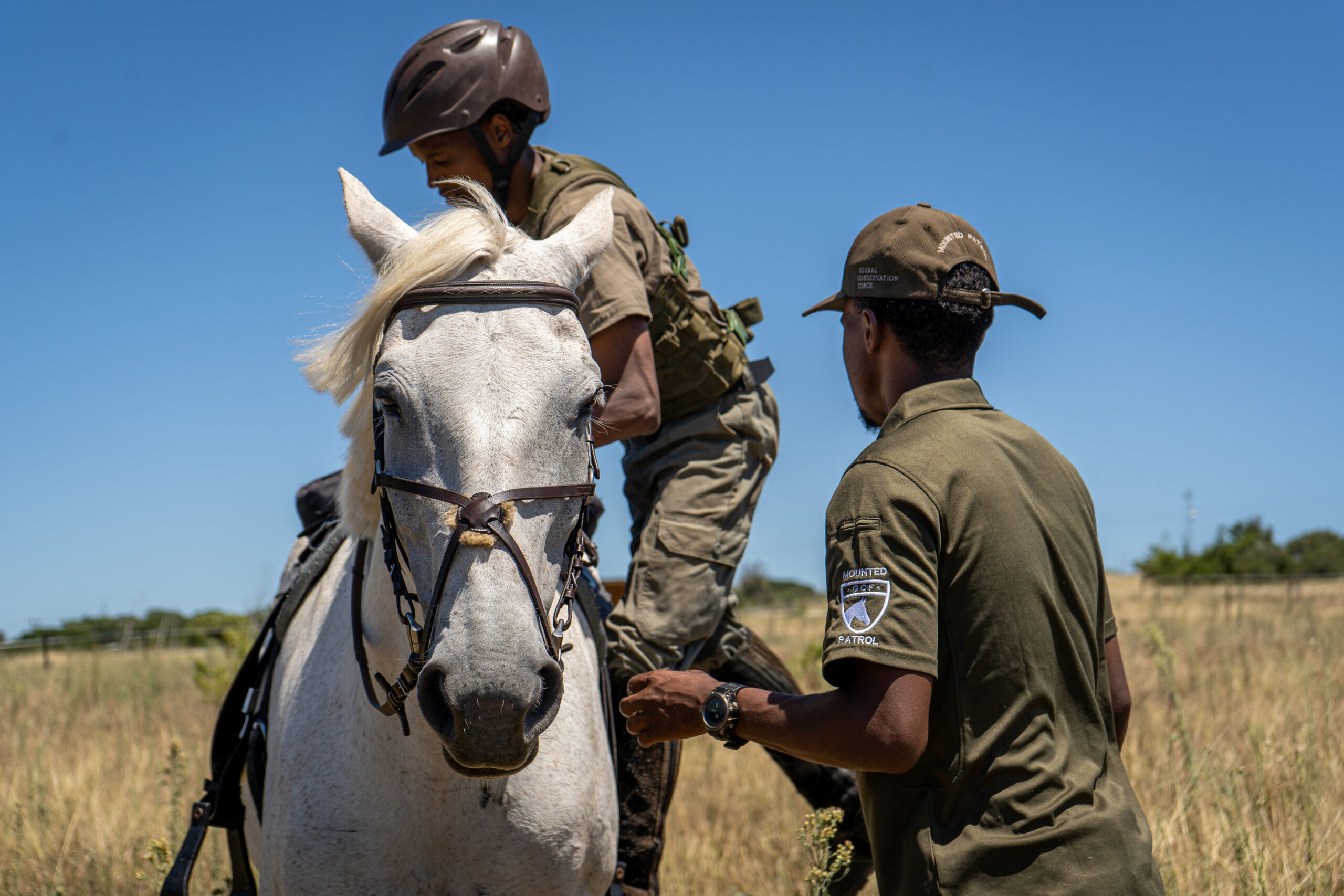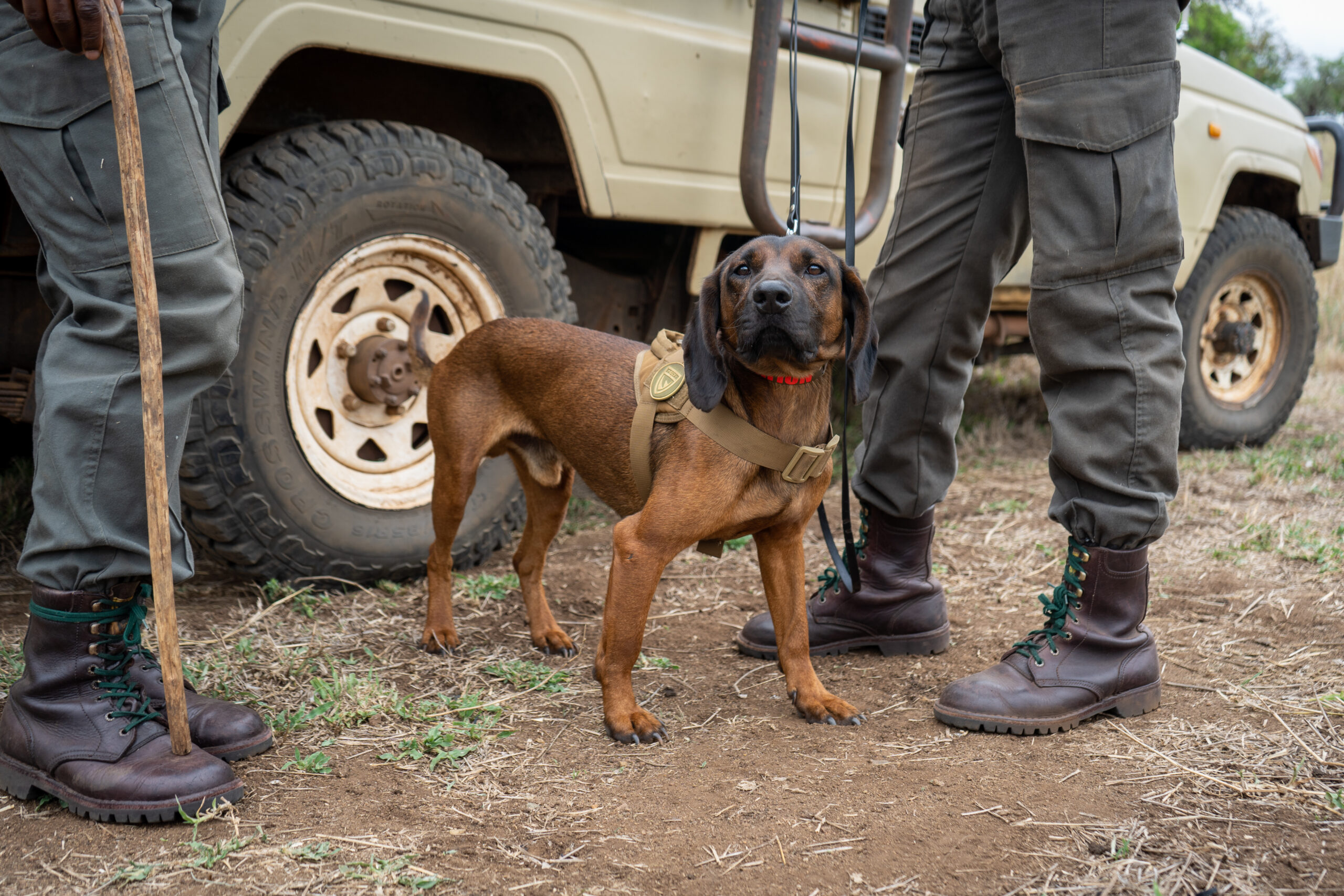What does it take to run an Anti-Poaching Unit (APU)
Anti-Poaching Units (APU) hold the shield for wildlife around the world. Take a look at what it takes, and costs, to run a basic unit on the “frontline”

This poster shows the 5 minute explanation but there is much more that goes into the protection of a reserve, national park, and or conservancy.
Risk Assessment Of A Reserve
Before you hire and train rangers you must first know what you are fighting, and protecting.
Snares are the most common tool used on wildlife around the world and these are set by poachers. Within the snare poacher category there are generally two types of poachers. Those who are trying to feed their family. They may only take a couple animals at a time. We call these poachers substance, bushmeat, poachers.
The other version of poachers who use snares for their wildlife crimes are those who set large amounts of snares to catch large animals, or large quantities of animals. They are commonly referred to as commercial bushmeat poachers. These poachers can be much more dangerous than the poachers who are simply feeding themselves or their family. This is simply because you are getting in-between the wildlife and their profit.
Rhino and elephant poachers are much more advanced in their criminal networks and tactics in comparison to bushmeat poachers. Generally speaking. They utilize weapons, and “inside” connections to get their desired items. Due to the scale of criminal that can be involved in rhino and elephant poaching crimes they are much more expensive to combat.
After assessing the common criminal incursion points within a reserve, or conservancy, the boundaries and infiltration points need to be addressed. Maintenance of roads, fence lines (if they exist in the region), and regional knowledge of nearby development or infrastructure (railways, roads, construction sites etc) need to be included in the calculations for protecting your region.
Example 1 – poachers commonly use railways to access remote points within reserves. They may “train hop” or walk the railway till they are near their destination. This can make it very difficult to monitor a reserve that has a railway on a long boundary.
Example 2 – poachers routinely use water-points, and rivers to pursue wildlife. Snares are commonly set on game trails that lead to and from the water. Rhino and elephant poachers may use favorite watering holes or river crossings as a target zone to find wildlife. During the dry season, in some countries, poachers also use rivers as an invisible access point within wildlife reserves. Rivers can provide an easy access to points deep within a reserve, while also providing an easy escape.
Ranger selection
Training your rangers is vital to the success of wildlife protection efforts.
Intelligence based patrols are necessary for all levels of anti-poaching. Yet this strategy is not always applied to patrol tactics, protocol, and reserve management. This starts by simply creating reports that track where the animals are, where poaching incidents occur, and where poacher entry and exit points are found. Additional information to include in the reports would be seasonal changes to water, rain/storms, moon cycle (rhino poachers use the full moon routinely), AM/PM incidents, animal migrations, and staff (ranger) daily coverage capabilities.
Rangers should know how to track wildlife and poachers. Without this skillset they are essentially blind to the activity happening within their protection zone. A trained tracker can tell you when, and what, moved within a reserve and should be able to follow the spoor (tracks) at a quick speed.
Field medical training and CPR will save lives. During daily patrols rangers are exposed to harsh conditions and the elements can be dangerous to your team. Rangers commonly encounter dangerous situations with wildlife and poachers. The wildlife is not always aware that “you’re there to protect them.” Snake bites, falls, broken limbs, animal encounters, and death by poachers are all commons risks on-the-job.
Weapons and hand to hand combat training are a key skillset for ranger teams. Not all teams encounter the same poacher scenarios, so not all rangers are armed. The teams that are armed should train monthly, at minimum, in tactical scenario drills to refine and enhance their weapon efficiency. Anti Poaching Units with unarmed rangers need to train in their primary hand to hand combat skillset because they can be outnumbered, outgunned, and under matched for their opponents. This is where proper base training in martial arts can help better protect, and motivate a ranger team to engage in an arrest.
In some our field team surveys of ranger teams, rangers have said they were literally too scared, and felt under-equipped /trained, to handle the poachers they were after.
Orienteering and communication standards are necessary to a strong team. If a team cannot efficiently get between waypoints in a reserve or clearly communicate their locations, or needs, a team can be rendered useless in a poacher contact or emergency.
Last but not least bushcraft and survival skills are a must for teams working in the remote parts of the world. APUs commonly stay out in the bush for weeks at a time. Food and water rationing, shelter and fire building, and camouflage and concealment all become strong skills necessary to anti poaching units.
Ranger Base, Vehicles, and Equipment
Much like the needs of a military or police unit, an anti poaching unit needs equipment for patrol, a base for operations, and an admin center.
Ranger housing usually is incorporated into the small field bases that also serve as communication and operation bases.
Radio networks, laptops, basic cell service, a solar power setup, and a small kitchen are all necessary to maintain basic operations at these locations.
This is generally a location that a patrol vehicle is kept, along with any spare parts, and fuel needed for the patrol vehicles.
On average anti poaching units are underfunded, or lacking many basic sets of equipment. Global Conservation Force works with anti poaching units in 14 countries to help sponsor their training, equipment, and expansion. But this takes funding, and thats where you can help!
One Comment
Leave a Reply
CONNECT
- P.O. Box 956 Oceanside, CA 92049
- info@globalconservationforce.com
- EIN 474499248
- Copyright 2024. All Rights Reserved. Powered by Wild Media.







It’s appropriate timje to make some plans for the long run and it is time to be happy.
I’ve read this submit and if I may I want too counsel you ssome fascinating issues or suggestions.
Perhap youu couild write subsequuent articles regarding this article.
I wish to read more issues approximately it! https://Odessaforum.biz.ua/